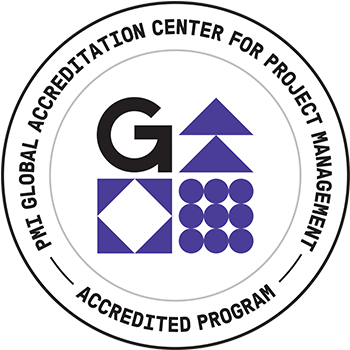
Presentation: Transformation and digital disruption: a guide for change
Abstract: Digital Transformation has become a trend in recent years, a product above all of the need to transform the core business of organizations or die trying. In 2018 alone, companies worldwide invested approximately $ 1.3 trillion (USD) in digital transformation initiatives to apply digital capabilities to improve the efficiency of their processes, increase customer value and create new business opportunities and According to a study by IDC (International Data Corporation) which is a US provider of market intelligence, advisory services and events for the information technology markets, global spending on digital transformation will reach more than $ 7.4 trillion in the next four years (2022 – 2026). Tragically, research and factual reality tells us that 70% of these initiatives will not achieve their stated goals. Why? What is happening in the transformation process? What is the key to success?
Business transformations
In today’s competitive business world, digital transformation is the top strategic priority for every organization. However, the concept is confusing and intricate. Digital transformation involves managing the existing business and building for the future at the same time, sort of like changing the engine of the airplane during the flight. Some transformation cases include: Asset instrumentation, autonomous mining, augmented virtual experience, autonomous supply network optimization, digitized workforce management optimization, emergency response system, digital marketing, smart storage and others.
According to the Global Guide to Digital Transformation Spending, the main sectors that have embarked on the process are: banking, insurance, securities and investments, construction, resource industries, retail, wholesale (enterprise), professional services. , personal and consumer services, transportation, health sector, central government, state / local government, education.
key take-aways for a sucessful digital business transformation:
1. Review the business model (why).
2. Define the strategy (what).
3. Check if they have the appropriate infrastructure (how).
4. Measure progress and results (where).
PMI Talent Triangle: Business Acumen
Biography: I am José Luis Perez Carmona, Bachelor of Computer Science; Master degree in Project Management with 10+ years of experience leading and working on large system implementation projects of Information Technology for the retail and core banking operations in Latin America (Central and South).
My personal skills include leadership skills, effective communication in different work environments with multicultural teams working with traditional (waterfall) and agile methodologies.
QUALIFICATIONS:
– Master in Project Management – accredited program by Global Accreditation Center (PMI).
– Project Management Professional (PMP® –PMI)
– PMI Agile Certified Practitioner (PMI-ACP)®
– Professional Scrum Master (scrum.org)
REPRESENTATIVE PROJECTS:
– ERP platforms (On Cloud / On Premise) for small to medium-sized businesses.
– Cloud solutions: Microsoft Cloud, IBMCloud, IBM Storage Suite.
– IT Infrastructure Projects: IaaS, PaaS and SaaS.
– Artificial Intelligence Projects (Microsoft Bot Framework with IBM Watson).
– Business Analytics tools: Power BI, Qlik, Tableau.
– Self-payment systems for retail companies.
– Supply Chain management applications.
– CRM platforms: Salesforce, Oracle Loyalty Cloud. Microsoft Dynamics 365 Sales.

